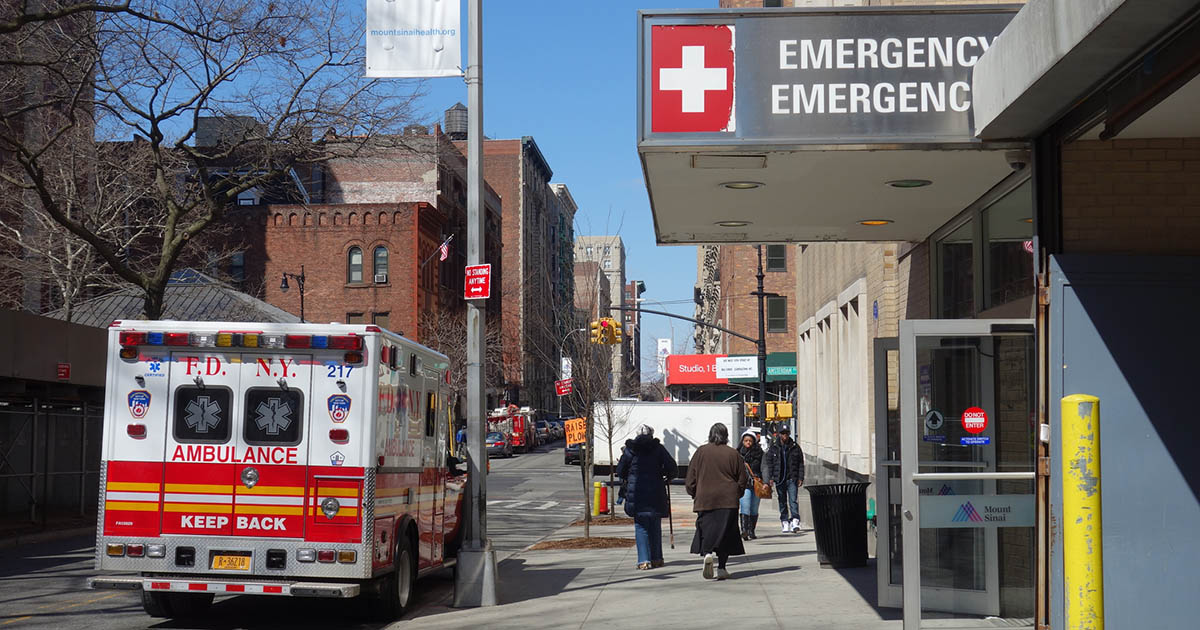How To Treat Hypovolemic Shock
Hypovolemic shock, otherwise known as hemorrhagic shock, is a condition in which the body loses a large amount of blood, causing low blood flow to organs, and as a result, these organs stop functioning. Symptoms of hypovolemic shock can be mild or severe. Victims may produce a tiny amount of urine. This effect may be accompanied by fatigue, dizziness, and sweating with mental distress. In some cases, patients wind up with cold, clammy skin. Several of the more severe symptoms are increased heart rate and difficulty breathing. Hypovolemic shock is a life-threatening condition, so the effects aren't to be taken lightly. Fortunately, there are ways you can treat the condition.
Control Or Stop Blood Loss

Blood loss commonly happens due to a person experiencing injuries such as burns, cuts, and wounds. In addition, blood can be lost through complications from pregnancy as well as diarrhea and vomiting. Hypovolemic shock will be diagnosed when the patient has lost up to twenty percent or more of their blood supply. In cases of hypovolemic shock, the victim needs to control or stop blood loss. Blood is needed for transporting oxygen and nutrients to organs throughout the body. Losing too much can cause many problems, including the development of anemia, a disease that occurs when the loss of red blood cells exceeds red blood cell production.
Get As Much Oxygen As Possible

Another way to treat hypovolemic shock is to get as much oxygen as possible. This typically happens when the patient is on the way to the emergency room and involves an oxygen mask given to the patient by the paramedics. Before this, however, it's essential for anyone else around the patient to remind them to breathe as deeply as possible to increase their oxygen intake. Concerning ongoing treatment after the initial shock has passed, oxygen is still important, as the patient has still lost a lot of blood. When the body is ready, exercise and fresh air are both keys to getting oxygen. Also, some plants may improve the air quality of your home. Don't forget to drink more water as well.
Start eating more foods that increase oxygen in the blood. Foods high in nutrients like iron and vitamin C can help. Iron is used by the body to make a protein called hemoglobin, which is formed in red blood cells and is responsible for helping carry oxygen from the lungs to the tissues. Foods rich in iron include lentils, chicken, turkey, spinach, whole wheat bread, and sweet potatoes. According to sources, vitamin C may help improve the body's absorption of iron. Good sources of vitamin C include broccoli, kale, oranges, and bell peppers.
Replace Lost Blood And Other Fluids

What else helps hypovolemic shock is to replace lost blood and other fluids. Coconut water can be used to replace fluids in the body, as it is high in potassium, an electrolyte. If bleeding is severe, the doctor may recommend a blood transfusion. The subject of intravenous therapy for hypovolemic shock has been widely debated, and clinics are still deciding on the use of solutions like crystalloids and colloids as treatments for hypovolemic shock.
Crystalloids consist of salts, minerals, and other water-soluble compounds. The molecules in crystalloids are small enough to pass through semipermeable membranes easily. The main crystalloids are normal saline and lactated Ringer's solution. They range in several types of tonicity which include hypertonic, isotonic, and hypotonic. On the other hand, the molecules in colloids are larger than that of crystalloids so they can't pass through semipermeable molecules. Some colloids are albumin, gelatin dextran, and hetastarch. The solutions fall under two categories, lyophilic or lyophobic. Studies show crystalloids are more effective than colloids at reducing the risk of death in patients with hypovolemic shock.
Get To The Emergency Room

Symptoms of hypovolemic shock tend to be very serious and require immediate medical treatment. When losing a lot of blood, patients should get to the emergency room as quickly as possible. From there, the doctor will decide treatment based on the severity of bleeding. Emergency care may involve using a central venous catheter, which goes into a large vein and allows the doctor to monitor fluids and medications injected into the vein along with your central venous pressure (CVP). Low CVP is considered a sign of hypovolemic shock.
Several medications the doctor can put you on are dopamine and epinephrine. Dopamine is said to help improve blood pressure in those with hypotension. Epinephrine, also named adrenaline, is a hormone naturally produced in the body by medulla of the adrenal glands. Hormones made in the adrenal glands are known as catecholamines. The presence of catecholamines in the bloodstream increases heart rate and blood pressure. Additional medications that may be administered include norepinephrine and dobutamine, the latter of which has been used to treat heart failure.
Surgery

Hypovolemic shock can be treated through surgery when symptoms such as internal bleeding occur. Before beginning the procedure, the surgeon will need to verify the source of internal bleeding. An example of a surgical procedure that treats internal bleeding is exploratory laparotomy, in which the surgeon opens the abdomen using an incision to search for what's causing the bleeding. When the source has been identified, the surgeon will treat it.
Patients may address the surgical process with the surgeon before undergoing the operation. There's always the possibility patients could experience a little bit of blood loss during or following surgery. Along with that, there's a chance of losing too much. The surgeon should let patients know if certain tools will be used to reduce bleeding during the operation.
